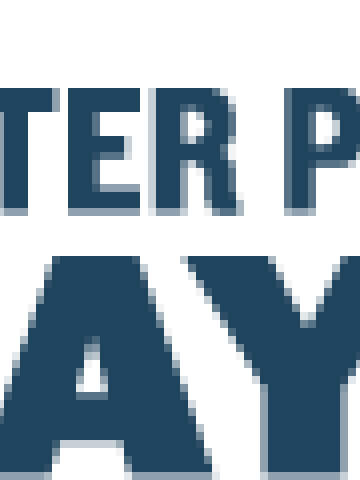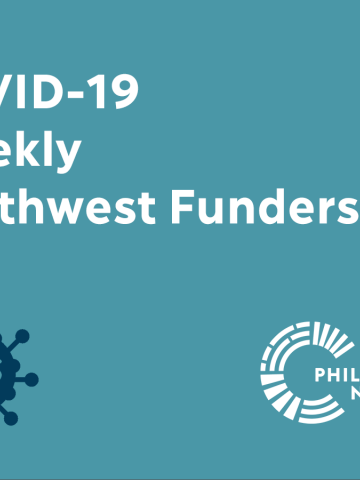Filter results by:
Site Search
Search Tip: Search with " " to find exact matches.
Site Search
Include results from our national consulting team, The Giving Practice
News
January 2016 | Philanthropy Northwest
When disaster strikes, communities look to organized philanthropy and government grantmakers for help. Whether it's a natural disaster like a devastating wildfire season or a human-caused tragedy like the Umpqua Community College shooting in Roseburg, Oregon, place-based foundations serve as first...

News
December 2017 | Philanthropy Northwest
LGBTQ visibility is deeply meaningful, but it can be difficult to achieve, even in the philanthropic sector. That’s why Emerging Practitioners in Philanthropy (EPIP), a partner organization of Philanthropy Northwest, recently launched Share Your Stories: LGBTQ Practitioners in “Mainstream”...
Event
Philanthropy Northwest
July 15, 202012:00pm to 2:00pm
PDT Expanding the Bench (ETB) connects foundations and evaluation partners with evaluators from diverse backgrounds to engage in dialogue related to the practice of culturally responsive and equitable evaluation (CREE) . The current climate offers a timely opportunity to have a conversation on Adapting...
Event
Philanthropy Northwest
July 24, 202010:00am to 11:30am
PDT Over the past several months, COVID-19 has laid bare disparities across many sectors. We know that education is a particularly vulnerable space that impacts not only academic achievement and social-emotional learning of young people, but profoundly impacts families as well. As schools across the...

News
August 2023 | Philanthropy Northwest
Donor-advised funds (DAFs) are growing substantially as a tool for philanthropy. The Institute for Policy Studies reports that 4% of individual giving went into DAFs in 2007 and by 2021 it reached 22%, with DAFs holding $234 billion and growing faster than private foundations. Many Philanthropy...

News
May 2014 | Philanthropy Northwest
Jeff Clarke's reflection on our recent conferences, The River Gathering: A Confluence of People, Places and Spirit (April 30 - May 2) and Mission Investor's Exchange, Sparking Change (May 13-15).